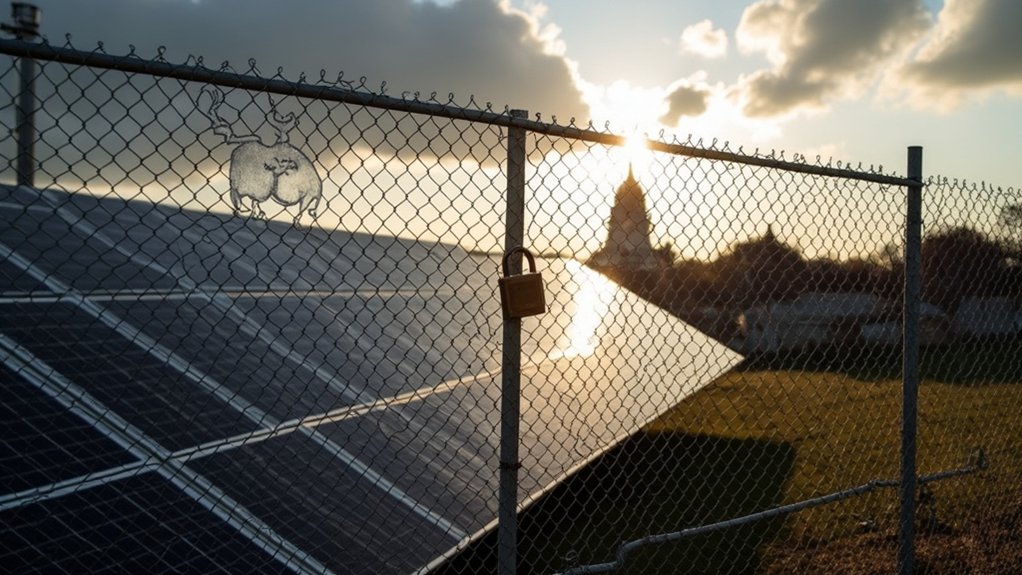Pennsylvania faces growing tension as Governor Shapiro’s $51.5 billion budget proposal collides with a $6 billion deficit. Republicans criticize his clean energy initiatives, including the PACER carbon trading program, as a “rebranded carbon tax.” The governor’s plan features significant investments in renewable energy while targeting major emissions reductions by 2040. The debate highlights the challenge of balancing fiscal concerns with ambitious environmental goals. The political showdown continues to intensify.
As Pennsylvania faces a looming $6 billion budget deficit, Governor Shapiro‘s $51.5 billion budget proposal for 2025-26 has sparked heated debates among lawmakers. The plan calls for a 7.5% spending increase over the previous year, raising concerns among Republicans about fiscal responsibility.
At the center of the controversy is Shapiro’s ambitious “Lightning Plan” for energy initiatives. The proposal includes creating a RESET Board to streamline energy project permits, launching PACER as a state-level carbon cap-and-trade program, and updating energy requirements for utilities through PRESS.
Governor Shapiro’s Lightning Plan introduces RESET, PACER, and PRESS initiatives to transform Pennsylvania’s energy landscape amid budgetary concerns.
Republican lawmakers have criticized the PACER program as a “rebranded carbon tax.” They’ve expressed skepticism about increased spending while the state faces structural deficits, with the Independent Fiscal Office warning that spending is outpacing recurring revenue.
The budget includes specific investments in education and healthcare. It proposes a $17 million increase for Pre-K Counts and $55 million for child care worker recruitment. Medicaid would see a $659 million net increase in capitation. The governor also wants to legalize and tax recreational marijuana.
Energy development remains a key focus, with $100 million per year in tax credits for “new, reliable energy sources” and $49 million for clean hydrogen manufacturing. These initiatives aim to create jobs in both traditional and renewable energy sectors. With only 3% renewable contribution currently in Pennsylvania’s energy mix, the Lightning Plan addresses a critical need for diversification. Geothermal energy represents a particularly promising option with its 96% capacity factor, offering consistent power generation regardless of weather conditions.
Environmental goals include a projected 38% reduction in in-state CO2 emissions and an 82% reduction in electric sector emissions by 2040 compared to a 2022 levels. The plan also allocates $10 million for restorative justice from cannabis legalization.
The legislative process has begun with co-sponsorship memos circulating for Lightning Plan components. The proposal has received mixed reactions from stakeholders. Environmental groups appear cautiously optimistic, while energy industry reactions vary widely.
As budget negotiations continue, lawmakers must balance addressing the growing deficit with investments in Pennsylvania’s energy future. The budget also includes Whole Home Repair funding of $50 million to help homeowners make necessary upgrades. The Rainy Day Fund could be depleted to cover budget shortfalls if compromises aren’t reached.








